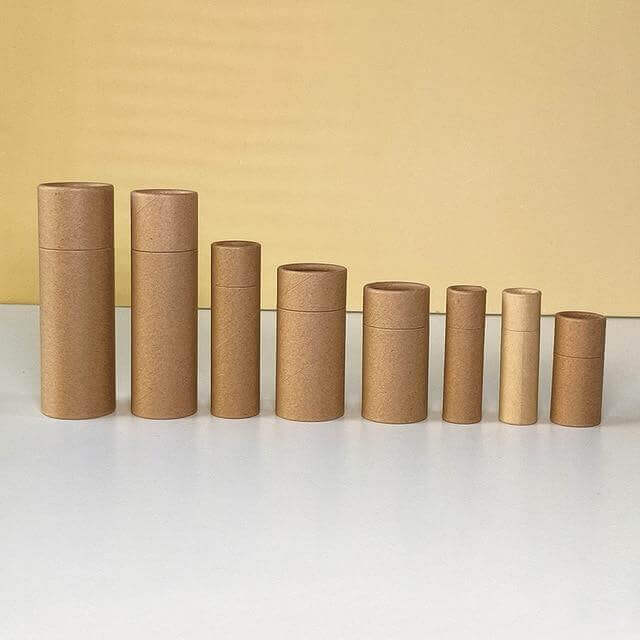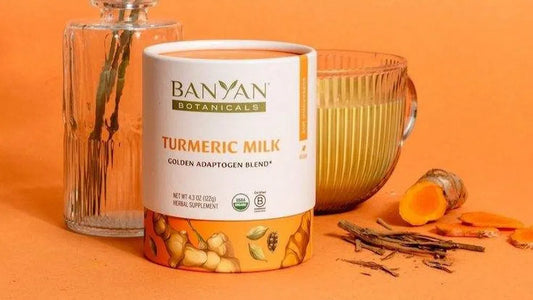Sustainability in Muffin Packaging: Embracing Paper Tubes
Share
As the world becomes increasingly conscious of environmental issues, the packaging industry is undergoing significant changes to address sustainability. Muffin packaging, in particular, is seeing innovative solutions that not only meet consumer demands for eco-friendly products but also maintain the quality and appeal of the baked goods. In this article, we'll explore why sustainability matters in muffin packaging, innovative solutions like paper tubes, current trends, and how businesses can transition to more sustainable options.
Why Sustainability Matters in Muffin Packaging
1. The Environmental Impact of Traditional Muffin PackagingTraditional muffin packaging often relies on plastic and non-recyclable materials. These materials contribute substantially to environmental degradation:
- Plastic Pollution: Plastics used in muffin packaging, such as PET and polystyrene, are notorious for their durability and resistance to degradation. This characteristic means that once discarded, these materials persist in the environment for hundreds of years, contributing to pollution in oceans, rivers, and landfills.
- Waste Generation: Single-use plastic packaging contributes significantly to municipal solid waste. In the United States alone, food packaging constitutes a considerable portion of landfill waste, with estimates suggesting over 80 million tons per year. This waste not only occupies landfills but also poses risks to wildlife through ingestion and entanglement.
- Carbon Footprint: The production of plastic packaging materials, from extraction to manufacturing, contributes to greenhouse gas emissions. These emissions exacerbate climate change, impacting global weather patterns and biodiversity.
The shift towards sustainable muffin packaging offers several environmental benefits:
- Reduced Waste: Sustainable packaging materials, such as biodegradable plastics, paper, and cardboard, decompose more easily than traditional plastics. This reduces the overall volume of waste in landfills and minimizes environmental pollution.
- Lower Carbon Footprint: Materials like bioplastics derived from renewable sources, or recycled paper, generally have a lower carbon footprint compared to conventional plastics. This reduction in greenhouse gas emissions helps mitigate climate change impacts.
- Consumer Preference: Increasingly, consumers are demanding eco-friendly products. Brands that adopt sustainable packaging not only fulfill regulatory requirements but also cater to consumer preferences, thereby enhancing brand loyalty and market competitiveness.
Innovative Solutions in Muffin Packaging
Innovative packaging solutions are crucial for advancing sustainability goals in the muffin industry. One such solution gaining traction is paper tube packaging.
1. Paper Tube Packaging: Concept and AdvantagesPaper tube packaging involves using cylindrical containers made from recycled paperboard or sustainable forest management-certified paper. This approach offers several advantages over traditional packaging materials:
- Recyclability: Paper tubes are widely recyclable, contributing to circular economy principles where materials can be reused to create new products or packaging.
- Biodegradability: Unlike plastic, paper tubes decompose naturally, reducing environmental impact if they end up in landfills or natural environments.
- Versatility: Paper tubes can be customized in size, shape, and design, offering flexibility for branding and marketing efforts while maintaining environmental sustainability.
- Design for Recycling: One of the critical trends in sustainable packaging is designing for recycling. This involves creating packaging that is easy to recycle, thereby promoting a circular economy. Paper tube packaging excels in this aspect as it is made from recyclable materials and can be easily processed in recycling facilities. By designing packaging with recycling in mind, brands can significantly reduce waste and contribute to a more sustainable future.
- Advantages of Paper over Plastics: Another prominent trend is the replacement of plastics with bioplastics and paper. Paper is biodegradable, compostable, and less harmful to the environment compared to plastics. The shift from plastics to paper is gaining momentum in various packaging sectors, including food and beverage. Paper tube packaging for muffins is a prime example of how this transition can be effectively implemented, offering both environmental and functional benefits.
- Minimizing Waste with Efficient Designs: Minimizing waste by reducing and removing unnecessary packaging is a crucial trend in sustainability. Efficient packaging designs that use fewer materials not only reduce waste but also lower production costs. Paper tube packaging aligns with this trend by offering a minimalist yet effective solution that meets the functional requirements of muffin packaging while minimizing environmental impact.
- Utilizing Recycled Materials in Packaging: Increasing the use of recycled materials in packaging is another key trend. Paper tube packaging can be made from recycled paper, further enhancing its sustainability credentials. By utilizing recycled content, brands can reduce the demand for virgin materials and promote the recycling industry, contributing to a circular economy.
How to Transition to Sustainable Muffin Packaging
1. Steps for Sustainable Muffin Packaging Transition- Assessing Your Current Packaging: The first step in transitioning to sustainable muffin packaging is assessing your current packaging solutions. Evaluate the environmental impact of your existing materials and identify areas where improvements can be made. This assessment will provide a clear understanding of your packaging footprint and guide your sustainability efforts.
- Choosing the Right Materials: Selecting the right materials is crucial for successful implementation. Paper tubes made from recycled and biodegradable paper are an excellent choice for muffin packaging. Ensure that the materials meet industry standards for food safety and quality. Collaborate with suppliers who prioritize sustainability and offer certified eco-friendly materials.
- Partnering with Sustainable Packaging Suppliers: Working with suppliers who prioritize sustainability is essential for a smooth transition. Partner with suppliers who have a track record of providing eco-friendly packaging solutions and adhere to environmental standards. These partnerships will ensure that you receive high-quality, sustainable packaging materials that align with your brand values.
- Cost Considerations: Sustainable packaging materials may initially cost more than conventional options. However, long-term benefits such as brand reputation and regulatory compliance outweigh upfront costs.
- Technical Limitations: Some sustainable materials may have limitations in terms of durability or barrier properties. Innovations in material science are continually addressing these challenges.
Embracing Sustainability for a Better Tomorrow
In conclusion, the shift towards sustainable muffin packaging is not just a trend but a necessity in mitigating environmental impact. By adopting innovative solutions, leveraging current trends, and overcoming implementation challenges, businesses can contribute to a healthier planet while meeting consumer expectations. Looking ahead, ongoing research and technological advancements promise further improvements in sustainability practices, ensuring a better tomorrow for all.




